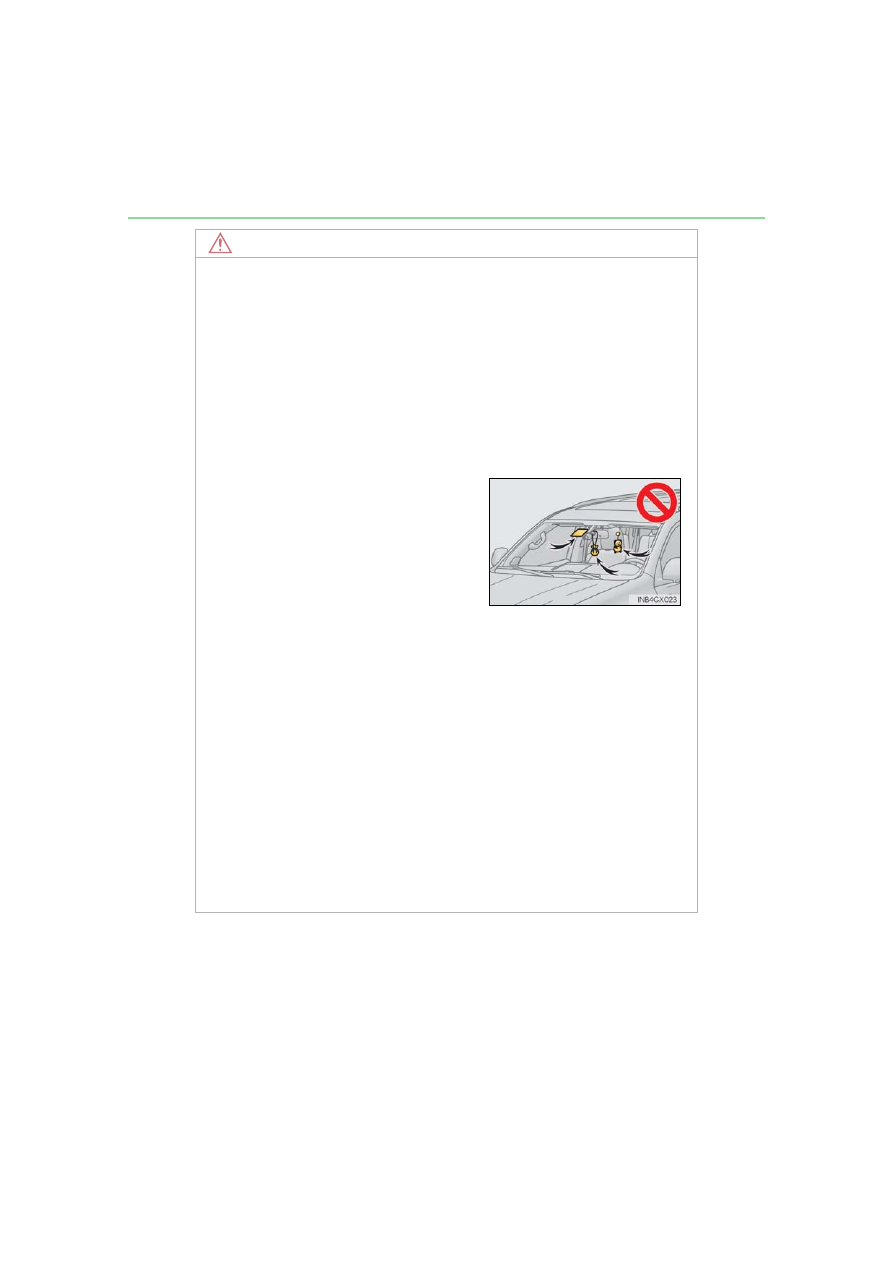LEXUS GX 460 (2019 year). Manual - part 16

248
4-5. Using the driving support systems
NOTICE
■
To prevent damage to or incorrect operation of the LDA system
●
Do not modify the headlights or attach stickers to the surface of the lights.
●
Do not modify the suspension or replace it with non-genuine parts.
●
Do not install or place anything on the hood or the grille. Also, do not install a grille
guard (bull bars, kangaroo bar etc.).
●
If your windshield needs repairs, contact your Lexus dealer.
■
Camera sensor (
P. 243)
Observe the following to ensure that the LDA system functions correctly.
●
Keep the windshield clean at all times.
Performance could be affected if the windshield is dirty, or if raindrops, condensation
or ice are adhering to the windshield.
●
Do not spill liquid onto the camera sensor.
●
Do not attach window tinting to the windshield.
●
Do not install an antenna in front of the camera lens.
●
If the windshield is fogged up, use the windshield defogger to remove fog from the
windshield.
When it is cold, using the heater with air blowing to the feet may allow the upper part
of the windshield to fog up. This will have a negative effect on the images.
●
Do not scratch the camera lens, or let it get dirty.
When cleaning the inside of the windshield, be careful not to get any glass cleaner
etc. on the lens. Also, do not touch the lens.
For lens repair, contact your Lexus dealer.
●
Do not change the installation position or direction of the camera sensor or remove it.
The direction of the camera sensor is precisely adjusted.
●
Do not subject the camera sensor to strong impact or force, and do not disassemble
the camera sensor.
●
Do not replace windshield with non-genuine windshield.
Contact your Lexus dealer.
●
Do not attach a sticker or other items to the
windshield near the camera sensor.